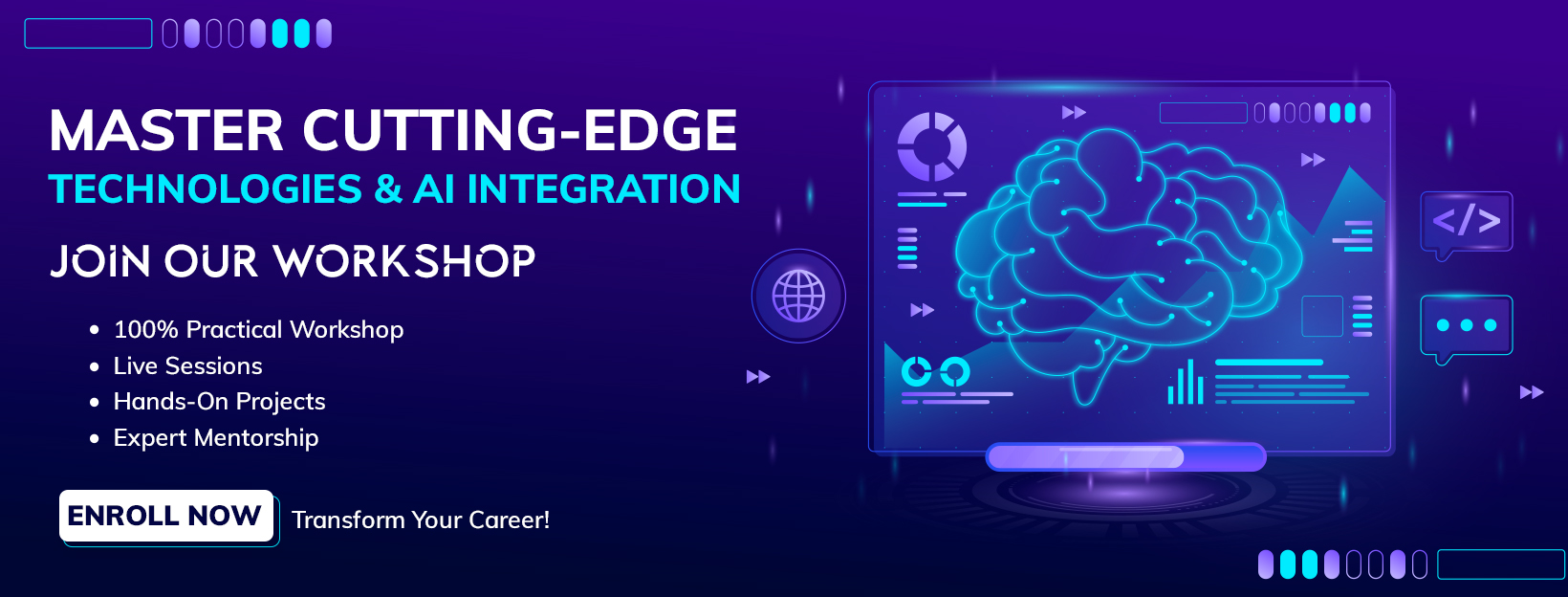Future-Proof Your Career What IT Companies Are Hunting for Today
AI + IOT + Full Stack Engineers
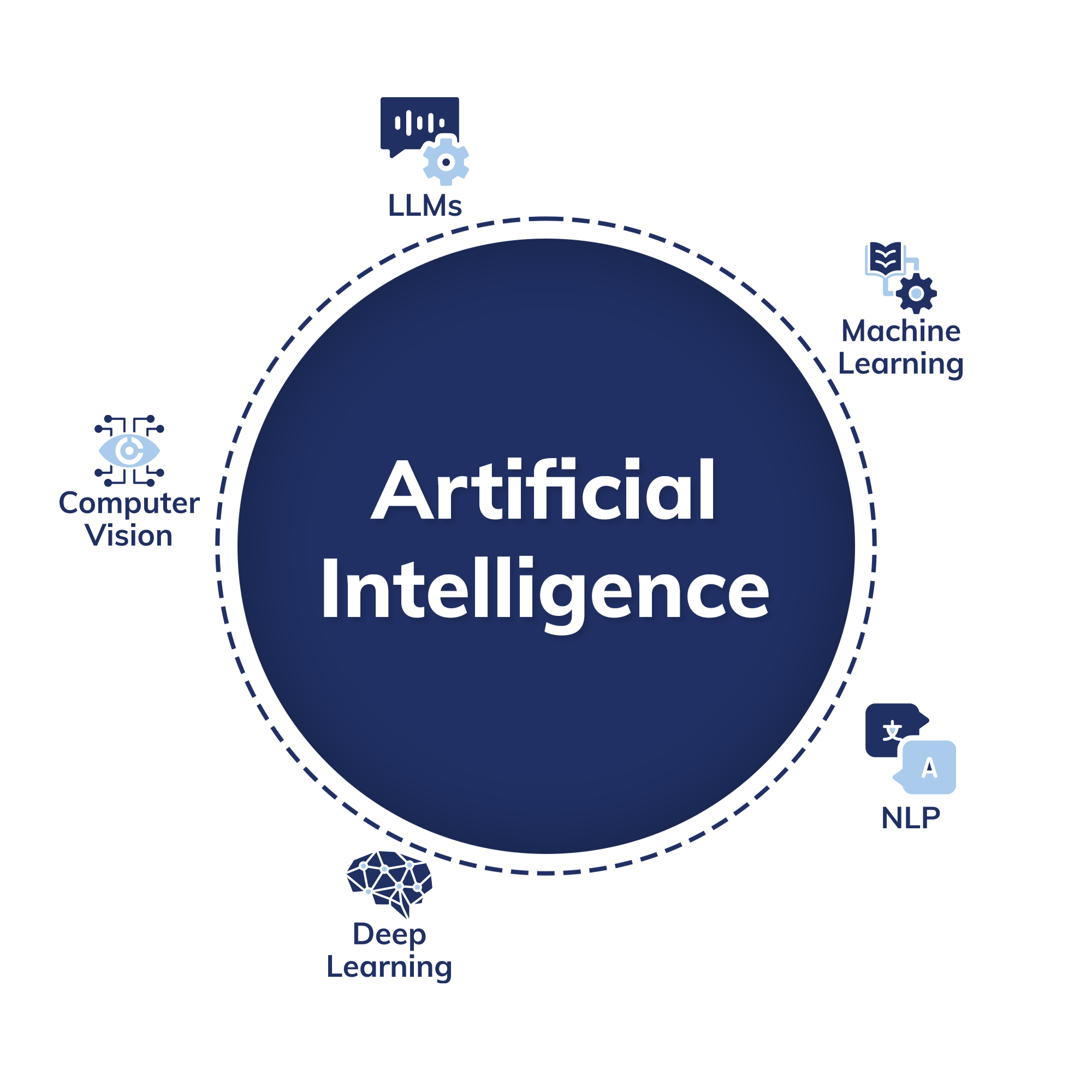
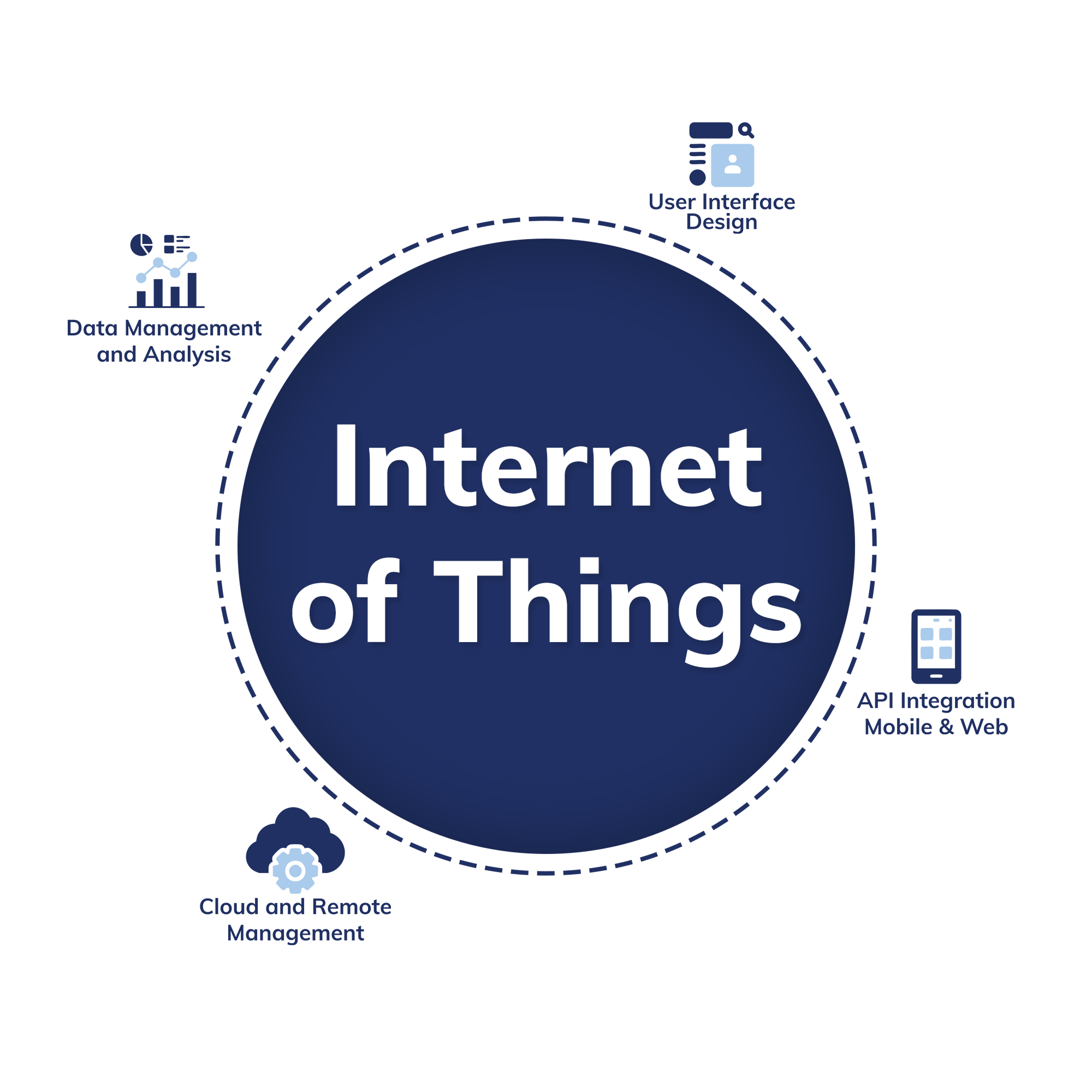
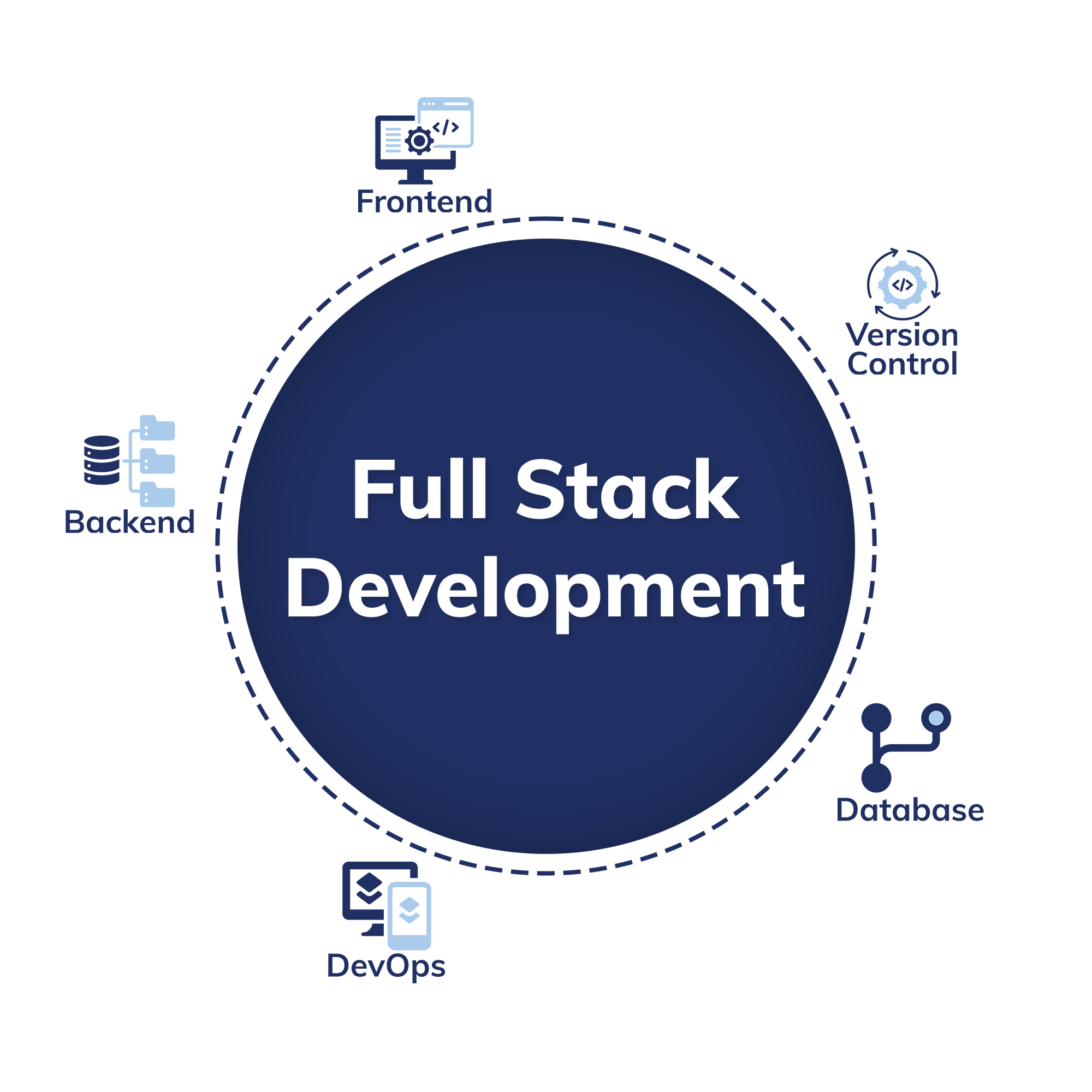
Our Candidates are Placed at
Our Candidates have secured positions at leading companies worldwide.
































Our candidates are Placed at
Our Candidates have secured positions at leading companies worldwide.
About the course
Projects
Admission Process
Alumni Reviews
FAQs
Kickstart Your Development Journey!
Frontend
Backend
Database
AI and IoT
Frontend Development
- Introduction to Flutter
- What is Flutter?
- Advantages of Flutter for Mobile Development
- Overview of Flutter Architecture
- Setting Up the Flutter Development Environment
- Dart Programming Basics
- Introduction to Dart Language
- Basic Syntax and Data Types in Dart
- Control Structures: If Statements, Loops (for, while)
- Functions and Parameters
- Object-Oriented Programming in Dart
- Asynchronous Programming: Futures, Streams, and Async/Await
- Flutter Basics
- Understanding Flutter Widgets (Stateless vs. Stateful)
- Building Your First Flutter App
- Flutter Layouts: Columns, Rows, and Stacks
- Using Container, Padding, and Alignment Widgets
- Managing App Themes and Styles
- Navigation and Routing
- Using Named Routes
- Passing Data Between Screens
- Implementing Bottom Navigation Bars and Drawer Navigation
- State Management
- Introduction to State Management
- Using Provider for State Management
- Overview of Riverpod and Bloc Pattern
- Managing State with ChangeNotifier
- Building User Interfaces
- Working with Built-In Flutter Widgets
- Creating Custom Widgets
- Handling User Input
- Implementing Gesture Detectors for Interactivity
- Networking and Data Handling
- Introduction to HTTP Requests in Flutter
- Using the Dio Library for Network Calls
- Parsing JSON Data in Flutter
- Integrating RESTful APIs with Flutter Apps
- Practical Project Ideas
- Building a Simple To-Do List Application
- Developing a Weather App Using Public APIs
- Creating a Recipe App with User Authentication
- Deployment and Best Practices
- Testing Flutter Applications
- Debugging Techniques in Flutter
- Building and Releasing Flutter Apps for iOS and Android
- Best Practices for Flutter Development
Backend
- Networking and HTTP.
- REST API overview.
- Node.js and NPM setup.
- Creating basic HTTP servers.
- JavaScript for Backend
- Node.js modules and file handling.
- Process management in Node.js.
- Asynchronous programming: callbacks, Promises, async/await.
- Building APIs with Express.js
- Express server setup and routing.
- Handling HTTP requests and responses.
- JSON parsing and form handling.
- Templating engines (EJS, Handlebars).
- CRUD API creation and RESTful services.
- Middleware setup and error handling.
- Database Integration
- SQL and NoSQL database basics.
- CRUD operations with SQL and NoSQL.
- Database connection setup (e.g., MongoDB, PostgreSQL).
- Querying and data handling.
- Authentication & Authorization
- User authentication basics.
- JSON Web Tokens (JWT) for security.
- Role-based access control.
- Advanced API Concepts
- Pagination, filtering, and sorting.
- Caching techniques for faster response.
- Rate limiting and security practices
DataBase
- Introduction to NoSQL and MongoDB
- Understanding Collections and Documents
- Basic CRUD Operations in MongoDB
- MongoDB Query Language (MQL) Basics
- Inserting, Finding, Updating, and Deleting Documents
- Using Filters and Projections in Queries
- Understanding Data Types in MongoDB
- Indexing Basics in MongoDB
- Setting Up a Simple MongoDB Database (e.g., MongoDB Atlas)
- Connecting to MongoDB from a Simple Application
- Basic Data Entry and Querying with MongoDB Compass
- Data Modeling in MongoDB: Embedding vs. Referencing
- Overview of Aggregation Framework in MongoDB
- Introduction to SQL (Structured Query Language)
- Basic CRUD Operations: Create, Read, Update, Delete
- Understanding Tables, Rows, and Columns
- Primary Keys and Unique Constraints
- Simple SQL Queries:
- SELECT, WHERE, and ORDER BY
- Filtering Data with Conditions
- Using Aggregate Functions: COUNT, SUM, AVG
- Grouping Data with GROUP BY
- Basic Joins: Combining Tables (INNER JOIN)
- Data Types in SQL (e.g., INT, VARCHAR, DATE)
- Setting Up a Simple SQL Database (e.g., SQLite or MySQL)
- Connecting to a SQL Database from a Simple Application
- Basic Data Entry and Querying with a GUI Tool
- Data Validation Basics
- Overview of Transactions and ACID Properties
AI and IOT
- Introduction to AI Concepts
- Getting Started with Node.js for AI
- Machine Learning Basics with TensorFlow.js
- Introduction to Natural Language Processing
- Practical AI Project Ideas
- Introduction to IoT Fundamentals
- Building IoT Solutions with Node.js
- IoT Communication Protocols
- Building IoT Applications and Dashboards
- IoT Security Basics
You're Ready to Become an IT Professional
Master the Skills and Launch Your Career:
Upon mastering Frontend, Backend, Database, AI, and IoT, you’ll be fully equipped to launch your IT career confidently.
Kickstart Your Development Journey!
Frontend
Flutter
Backend
Node.js: Power Your Back-End with JavaScript:
DataBase
MongoDB:
SQL:
AI and IOT
Build Industry Grade Projects
Skills and Tools you will learn
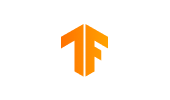

TechEntry Highlights
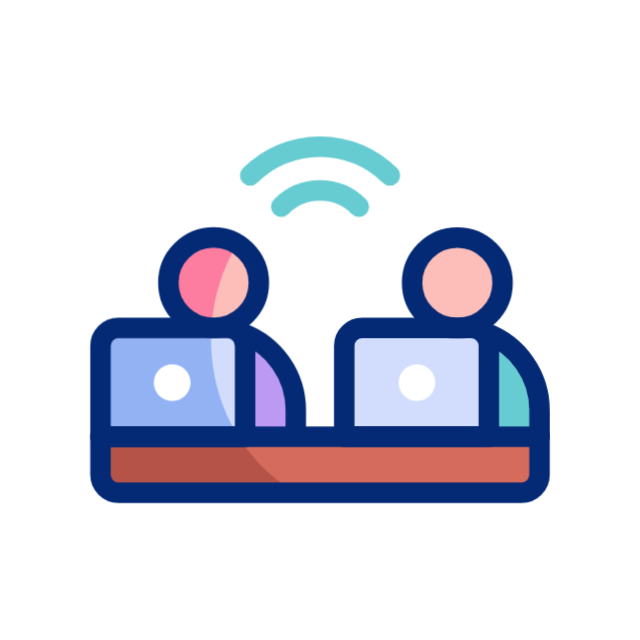
In-Office Experience
Engage in a collaborative in-office environment(on site) for hands-on learning and networking.
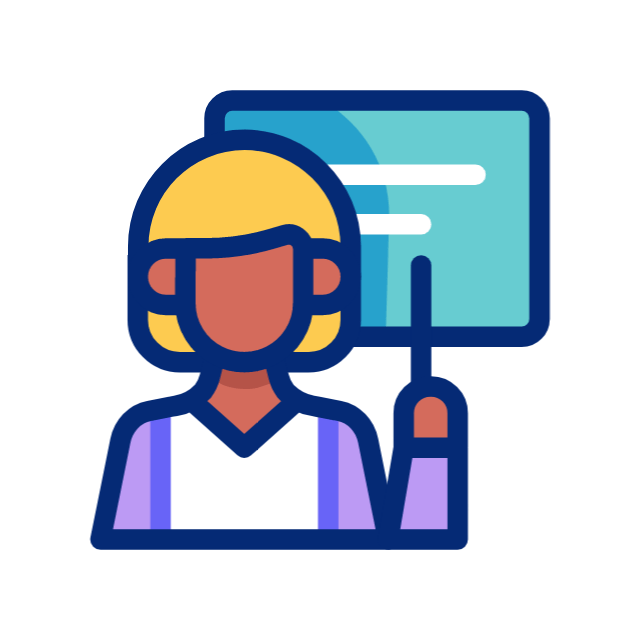
Learn from Software Engineers
Gain insights from experienced engineers actively working in the industry today.
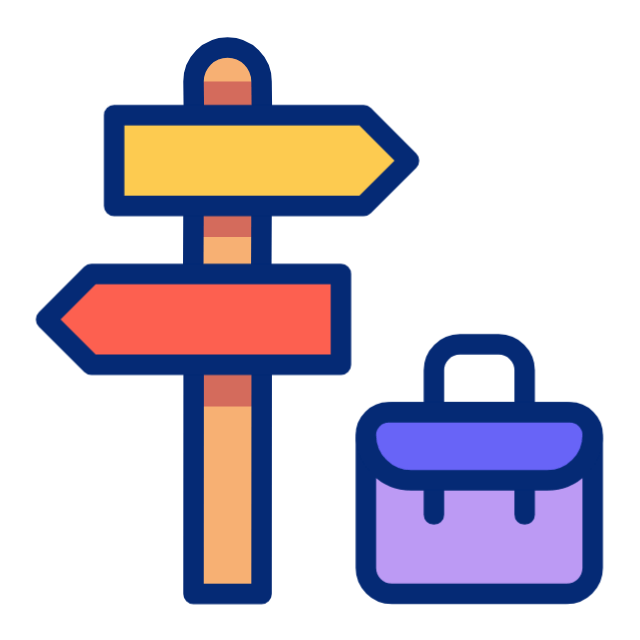
Career Guidance
Receive tailored advice on career paths and job opportunities in tech.
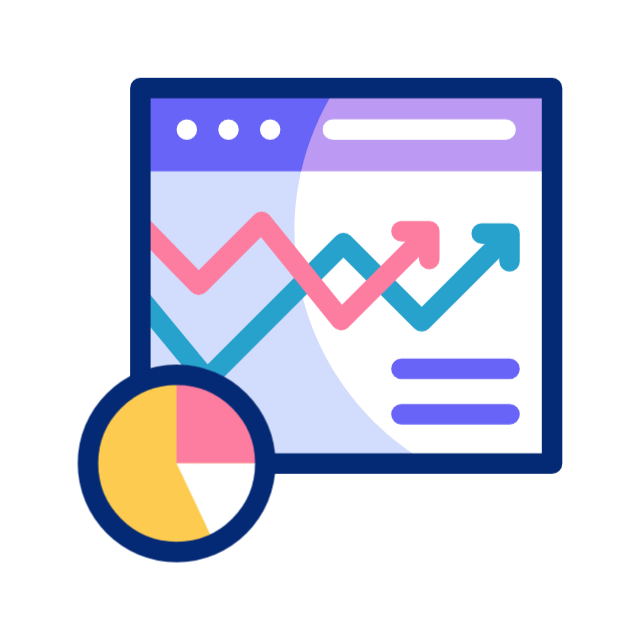
Industry Trends
Explore the latest software development trends to stay ahead in your field.
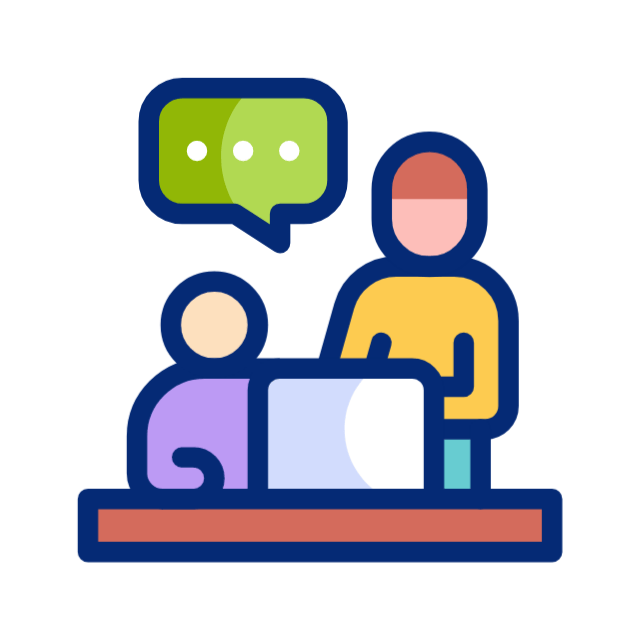
1-on-1 Mentorship
Access personalized mentorship for project feedback and ongoing professional development .
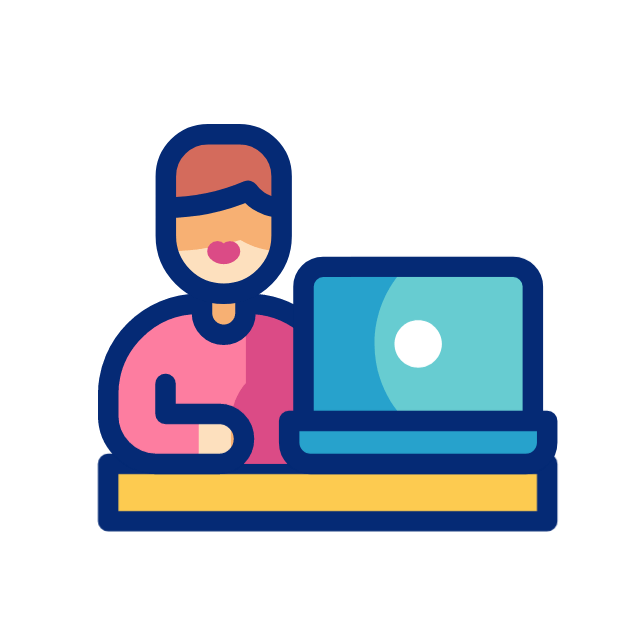
Hands-On Projects
Work on real-world projects to apply your skills and build your portfolio.

Duration
24 weeks

Timings
Monday to Friday
9:00 AM - 6:30 PM

Eligibility
BSC, BCA, MCA MTech,
BTech 21 - 29 years
Our Admission Process


Counselling
Talk to our experts and find your perfect course!


Aptitude
Take a screening test to see if you're ready for TechEntry!


Workshop
Experience of Five-Day Workshop


Onboarding
Get set up for success with our hassle-free onboarding crew
Empower Your Growth
✔ Scholarship upto 65% off and affordable EMI available
✔ Al powered skill boost / Al interacted course
✔ Promising career support
✔ Hands on real world projects
✔ Mentorship from Seasoned Developers
Students have Cracked their Dream Careers In
Maahi


Suzaine Muskaan
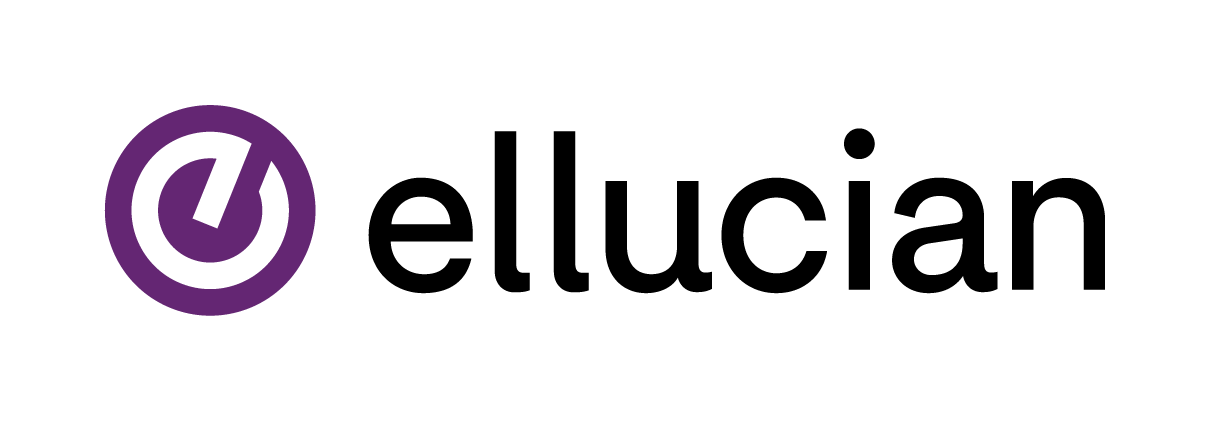

Rakeshkumar GL
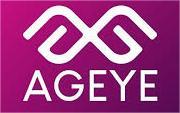

Sujith S


Ashutosh
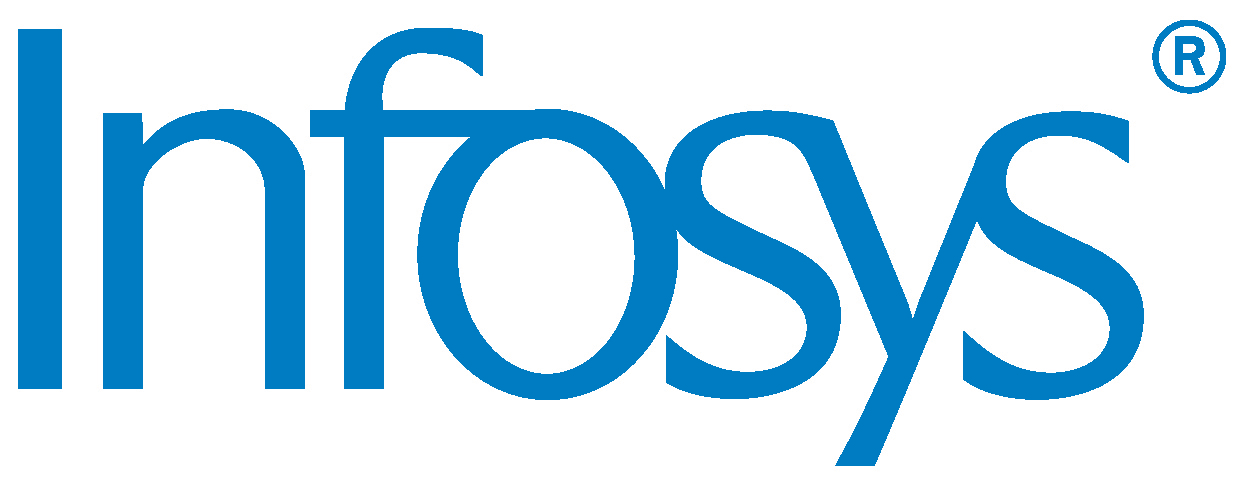

Reniee


Ketaki

Maahi


Suzaine Muskaan


Rakeshkumar GL


Sujith S


Ashutosh


Reniee


Ketaki


Farha Khanum


Sheetal Mohanty
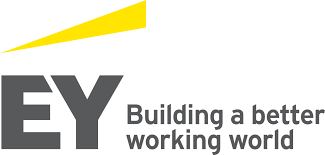

Deepak
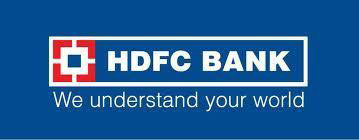
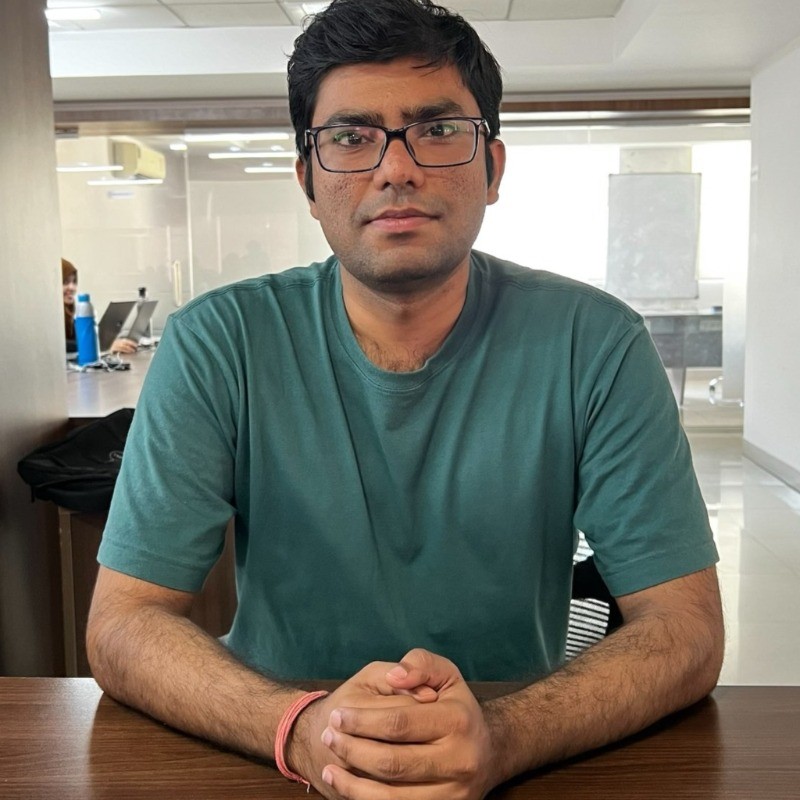
Aneesh Bakshi


Saikishore


Sanket Gourai


Farha Khanum


Sheetal Mohanty


Deepak


Aneesh Bakshi


Saikishore


Sanket Gourai

Innovative Learning Pathways & Expertise
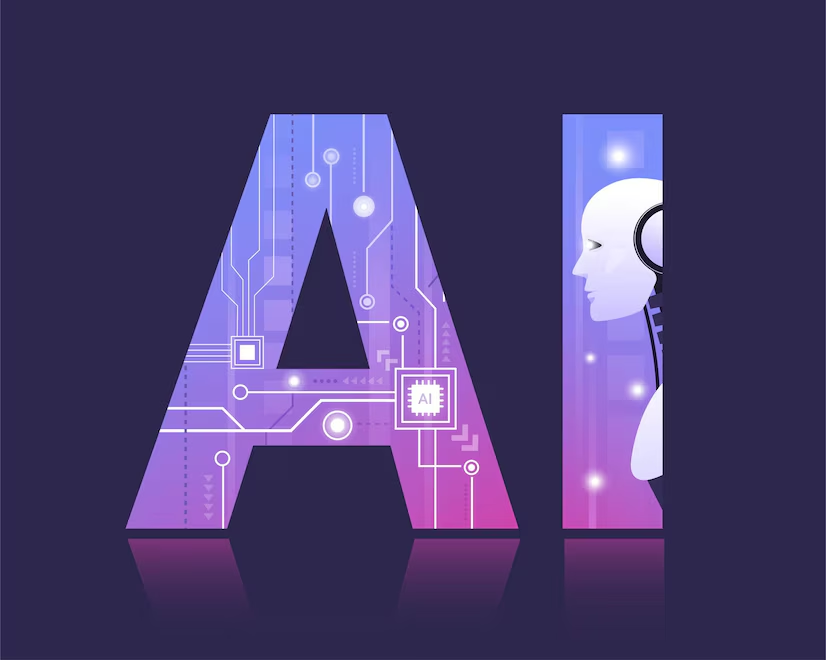
Generative AI Integrated
Our Generative AI Integrated Courses are designed to equip you with cutting-edge skills in artificial intelligence and machine learning. Dive deep into the world of generative models, learning from industry experts through hands-on projects and real-world applications
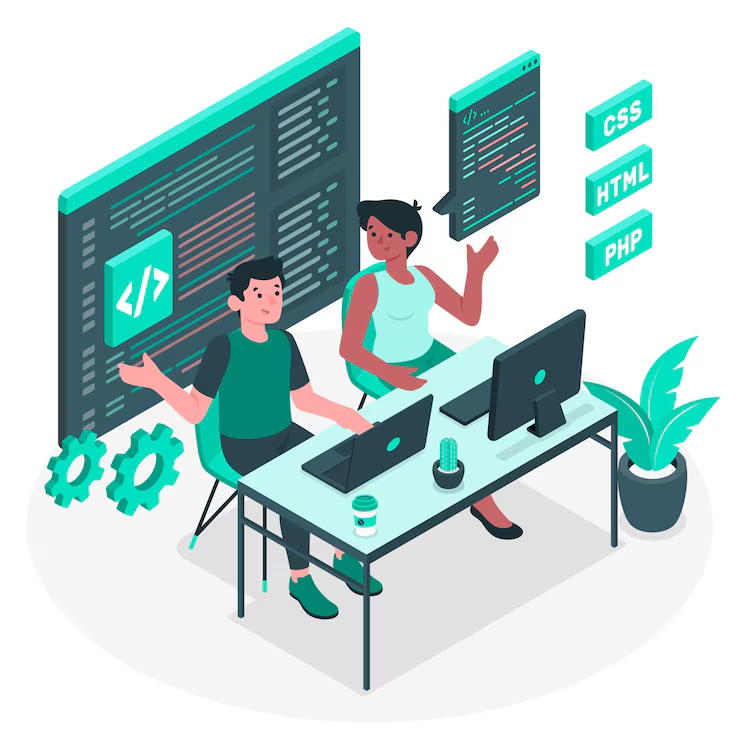
Industry oriented program
Our courses are meticulously designed to align with industry standards and demands. We collaborate with industry experts to create curriculum that covers the latest technologies and practices, ensuring our students gain relevant skills that enhance their employability
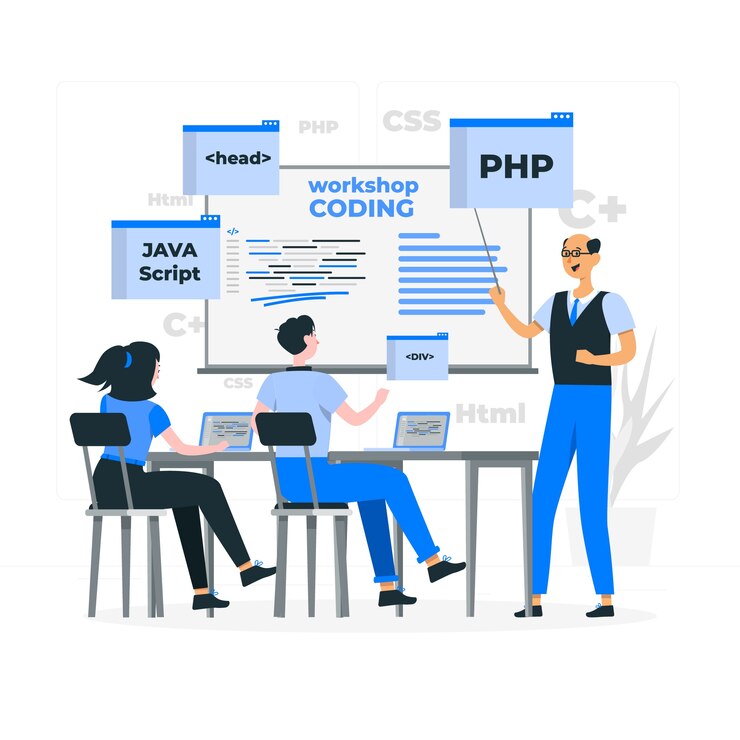
Trained by professional software engineer
We pride ourselves on offering top-notch training led by experienced software developers. Our instructors bring real-world expertise and industry insights to every session, ensuring you gain practical, up-to-date skills that are in high demand

Industry ready just in 24 weeks
At Techentry, we bridge the gap between learning and real-world application. Our intensive 24-week program equips you with the latest skills and practical experience needed to thrive in today’s competitive job market
What You Gain:
A deep understanding of Flutter and Back-end Node.js.
Practical skills in AI tools and IoT integration.
The confidence to work on real-time solutions and prepare for high-paying jobs.
The skills that are in demand across the tech industry, ensuring you're not just employable but sought-after.

Frequently Asked Questions
What is Flutter?
Flutter is an open-source UI software development kit created by Google. It is used to develop cross-platform applications for Android, iOS, Linux, Mac, Windows, Google Fuchsia, and the web from a single codebase.
What programming language does Flutter use?
Flutter uses Dart, a programming language also developed by Google. Dart is optimized for building user interfaces and offers features such as a rich standard library, garbage collection, and strong typing.
What is cross-platform app development?
It means to develop apps for multiple platforms (operating systems) or devices with one code base, at the same time, instead of building separate apps for each one. This way, one developer can for example develop mobile apps for Android and iOS. Sometimes it’s about compiling different versions of the same software for different operating systems and sometimes developers build one code to then make minor changes to it for each platform with the use of APIs. Generally, cross-platform app development enables the app to be made available to a wider audience in a shorter time. There are different methods of building such an app.
How do Flutter and React Native differ in terms of programming languages and performance?
Flutter uses Dart for native-like performance, while React Native uses JavaScript and native components.
What are the advantages of using Flutter?
Flutter offers flexibility and expressive UI with the faster performance provided by Flutter’s code-Hot reload feature. A wide variety of users can get access and internationalization with the help of Flutter code to web applications. Flutter widgets come with native performance on both Android and iOS as Flutter code is compiled with ARM machine code using Dart's native compilers. Flutter provides faster deployment, customized designs, faster documentation, live and hot coding, and minimal coding with C/C++.
What makes Flutter unique?
Flutter is different than most other options for building mobile apps because it doesn't rely on web browser technology nor the set of widgets that ship with each device. Instead, Flutter uses its own high-performance rendering engine to draw widgets. In addition, Flutter is different because it only has a thin layer of C/C++ code. Flutter implements most of its system (compositing, gestures, animation, framework, widgets, etc) in Dart (a modern, concise, object-oriented language) that developers can easily approach, read, change, replace, or remove. This gives developers tremendous control over the system, as well as significantly lowers the bar to approachability for the majority of the system.
Are there any popular apps which make use of Flutter?
There are many popular apps which use Flutter. Some of the apps are: - Reflectly - Google Ads - Alibaba - Tencent - Birch Finance - And many more. The use of Flutter in mobile applications is very high.
What is the Flutter widget tree?
The widget tree is a hierarchical structure that represents the layout of a Flutter app. Each widget nests inside its parent widget, creating a tree-like structure that describes the user interface.
What is pubspec.yaml?
The pubspec.yaml file is a configuration file used by the Dart package manager, pub, to manage your Flutter project's dependencies and settings. It's where you define everything from the name of your project to the third-party packages you want to use in your app.
How to upload to Play Store and App Store?
To upload to Play Store: - Google Play Developer Console - Link Developer Account with Google Wallet Merchant Account - Create Application - App Store Listing - Upload App Bundles or APK To Google Play - Time For Content Rating - Fix App Pricing and Distribution - Finally, Publish the Application To upload to App Store: - Creating an Apple ID - Signing up for the Apple Developer Program - Accessing App Store Connect - Getting Your App Ready for the Submission Process - Creating an App Store Listing - Upload the App Store Previews and Screenshots - Uploading Your App Using Xcode - Submitting Your App for Review.






